
A biologist’s view of the Pracki Forest
On 19 October 2023, Wrocław councillors unanimously established Pracki Forest as the forth (and simultaneously the largest) ecological site in Wrocław. The resolution was supported by an annual nature inventory carried out by a team of scientists from the Faculty of Biological Sciences of the University of Wrocław.
The Pracki Forest extends in Maślice (Wrocław’s estate), near the border with Pracze Odrzańskie. Through the paths that run via the forest, we can reach the Oder embankments. And what can we encounter while walking along these paths? In a word, what lives in this forest?
Dr Krzysztof Kolenda from the University of Wrocław: – Despite its relatively small area – it covers about 18 hectares – the Pracki Forest is a sanctuary for many species of fauna and flora. Our research has shown that there are, among others, 174 species of vascular plants, 42 species of bryophytes, 22 species of lichens, and over 70 rare and protected animal species as well.
Wrocław councillors passed a resolution to establish an ‘ecological site’ in the Forest. The resolution was supported by an annual nature inventory. It was carried out by a team of scientists from the Faculty of Biological Sciences of the University of Wrocław.
– Yes, the work took less than a year. We started field research early in the spring of 2022 and continued until the beginning of autumn. Then there was time to elaborate on the results, including proposing a form of protection for this valuable site, and recommendations for active and passive protection. The following employees of the Faculty of Biological Sciences of the University of Wrocław were involved in this task: dr Zygmunt Dajdok, dr Konrad Hałupka, dr Iwona Gottfried, dr hab. Marcin Kadej, professor of the University of Wrocław, dr. Krzysztof Kolenda, dr Maria Kossowska, dr hab. Adrian Smolis, professor of the University of Wrocław, mgr Jacek Stefaniak and dr Kamila Reczyńska. Dr Marek Halama from the Museum of Natural History, University of Wrocław, and dr Sylwia Wierzcholska from the Wrocław University of Environmental and Life Sciences both supported us with their knowledge and natural data.
The results of our research have shown that the Pracki Forest is an area of natural value on a city scale. We proposed that it should be protected as an ecological site, as it fits perfectly into the statutory definition of this form of nature conservation: “Ecological site deserving protection are remnants of ecosystems that are important for the preservation of biodiversity – natural water reservoirs, mid-field and mid-forest ponds (…) and sites of rare or protected species of plants, animals and fungi, their sanctuaries and places of breeding or seasonal residence”.


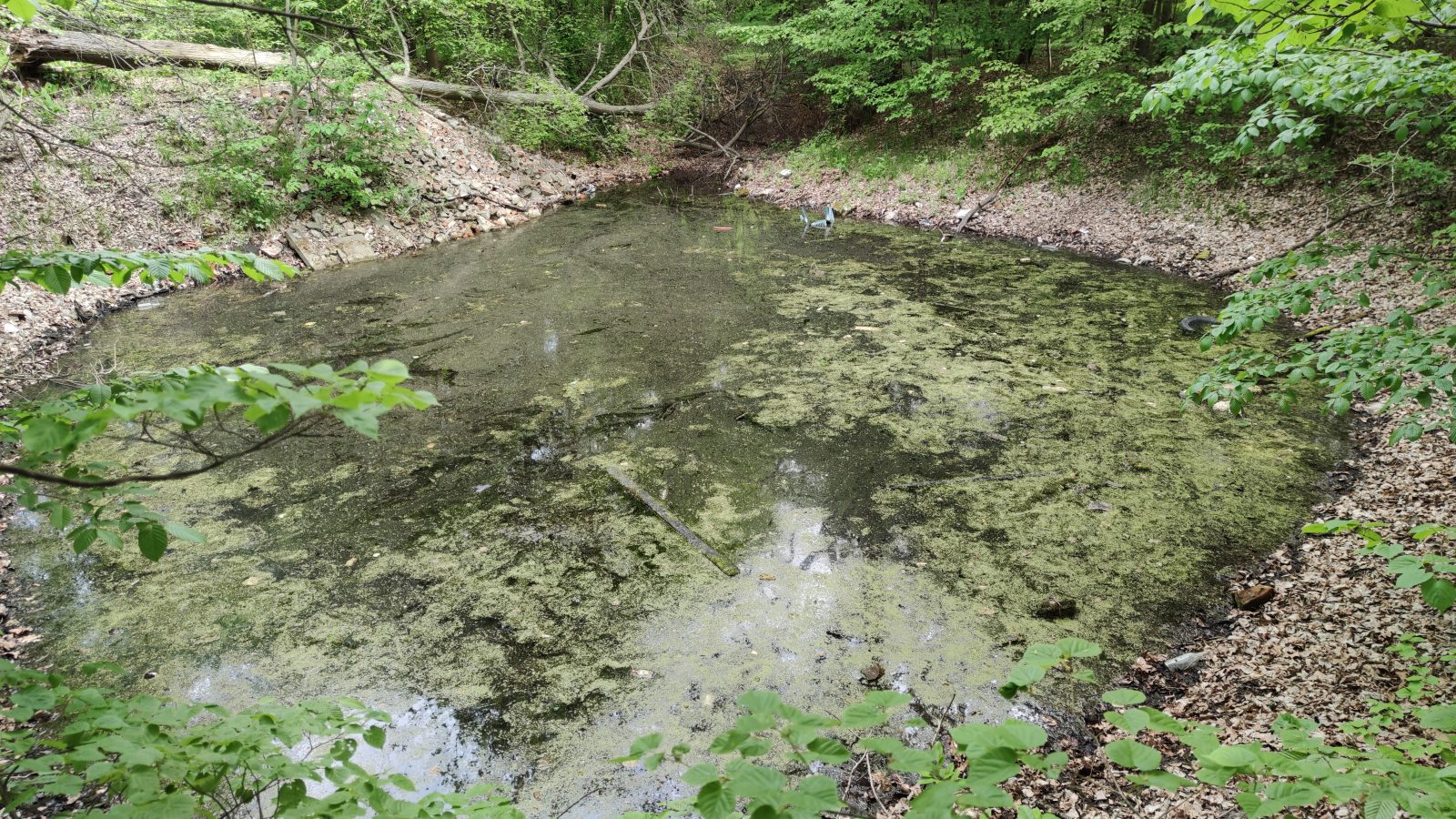
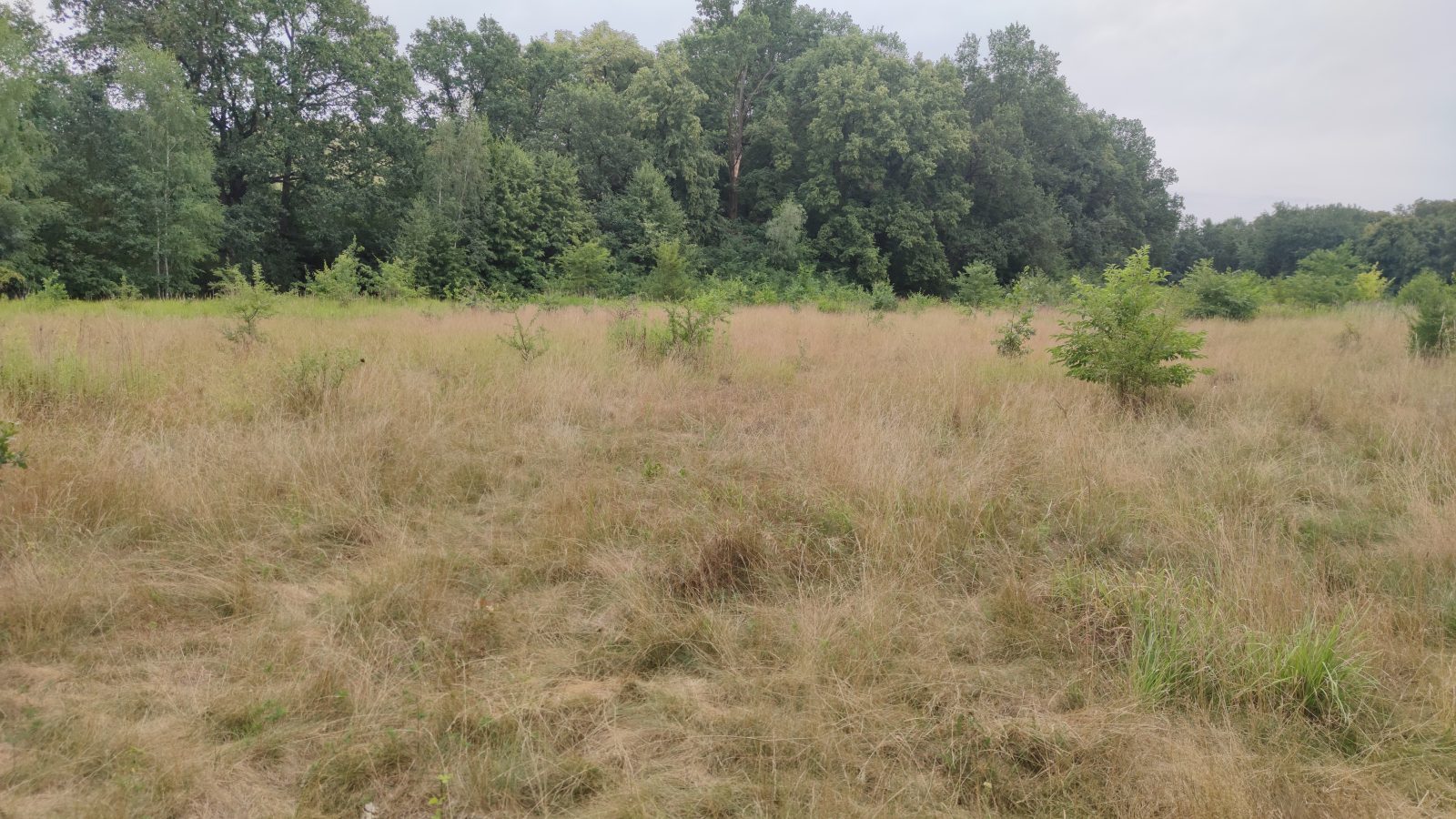
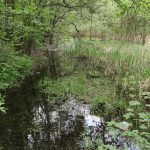
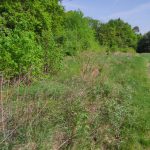
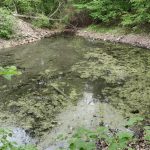
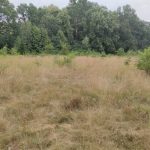
Numerous protected species can be encountered in the Pracki Forest.
– Yes, there are at least several dozen protected endangered species here, including 8 species of bryophytes, 1 species of lichen, 1 species of fungi, 8 species of insects, 2 species of amphibians, 4 species of reptiles, 49 species of birds and at least 5 species of mammals. Particularly noteworthy are the species of European value. Among the birds listed in Appendix I of the so-called Birds Directive, we logged 5 species: black woodpecker, middle spotted woodpecker and collared flycatcher, and at the edge of the forest also red-backed shrike and barred warbler. Moreover, we found 2 species from Appendix II of the Habitats Directive here: great capricorn beetle and great crested newt.
It is worth noting that most part of the inventoried area is occupied by natural habitats protected under the Appendix I of the Habitats Directive: Central European oak-hornbeam forest and oxbow lakes, and natural eutrophic wated reservoirs.
The new ecological site is not just a forest….
– Exactly. Originally, our inventory was to cover only the forest area; however, we soon realised that there is a very valuable meadow on the boarder of our study area. Further field observations showed that it is a fresh meadow, a natural habitat protected under Appendix I of the Habitats Directive. There are many species of pollinating insects and a very abundant population of the sand lizard. We proposed this meadow to be included in the planned ecological site, and fortunately we succeeded.
The ecological site will be put under active protection. What does it mean?
– Whenever possible, we have recommended the forest to be left without human interference. However, there are areas within the ecological site that require active protection. This primarily concerns the clearing up of rubbish, including asbestos panels and construction waste, which are deposited near a small pond in the forest. The pond itself is also required to be partially dredged, as it is currently dry most of the year and amphibians have no chance of completing their life cycle there. Same applies to the oxbow lake, which is losing water very quickly. Here, above all, measures are needed to regulate the water level, e.g. the construction of dams. However, the most important action concerns the meadow mentioned earlier. At the moment, it is necessary to stop the spread of an invasive species – tall goldenrod, and to uproot the undergrowth of trees and bushes.
There is a natural monument at the edge of the Pracki Forest.
– Yes, it is a magnificent 28-metres-long pedunculate oak with four-metres-long trunk circumference. Here, by the way, it is worth noting that in the Pracki Forest there are more mature, although slightly younger, trees. Our analysis of old maps showed the continuity of the oak-hornbeam forest in the ecological site’s area for at least 130-140 years.
There is a river next to the forest…
– Yes, the ecological site borders the Oder River. From a natural point of view, the location of the Pracki Forest is very attractive. Less than 200 metres to the north there is another valuable area, the Forest in Nowa Karczma, and behind it there is another one i.e the embouchure of the Bystrzyca River to the Oder River. On the other side of the Oder River there is Rędziński Forest. The whole constitutes an ecological corridor of great natural importance, providing migration opportunities for many species of flora and fauna.
The Pracki Forest is the second ecological site in Wrocław to be established this year. In July, Oporowski Forest was placed under protection. In total, there are already 10 areas in Wrocław covered by forms of nature protection. Except for three ecological sites, it also includes the Bystrzyca Valley Landscape Park and 6 “Nature 2000” areas – including Widawa Valley, Pilczycki Forest or Łęgi nad Bystrzycą. Nature conservation forms already account for 8.5% of the entire Wrocław area. And this is not the end. There are ongoing discussions with the Regional Directorate for Environmental Protection about establishing a nature reserve in the Irrigation Fields area. This is an area of 751 hectares. Researchers from the University of Wrocław have inventoried 206 valuable species of plants, fungi, lichens and animals in this area.
Interview by Katarzyna Górowicz-Maćkiewicz
The author of the photographs is dr Krzysztof Kolenda
Translated by Monika Słupianek (student of English Studies at the University of Wrocław) as part of the translation practice.



